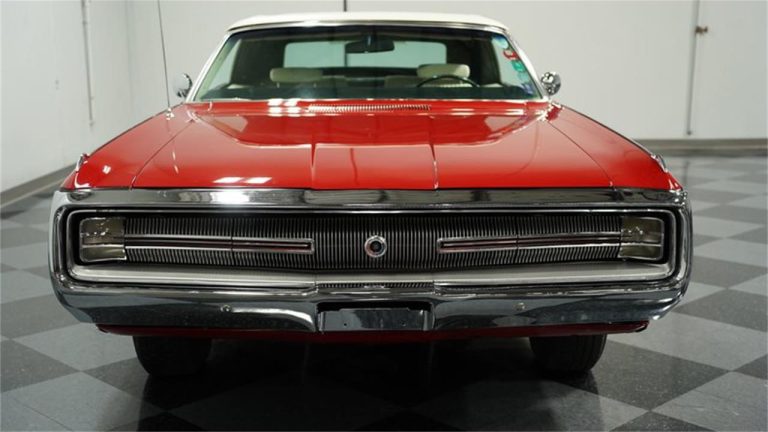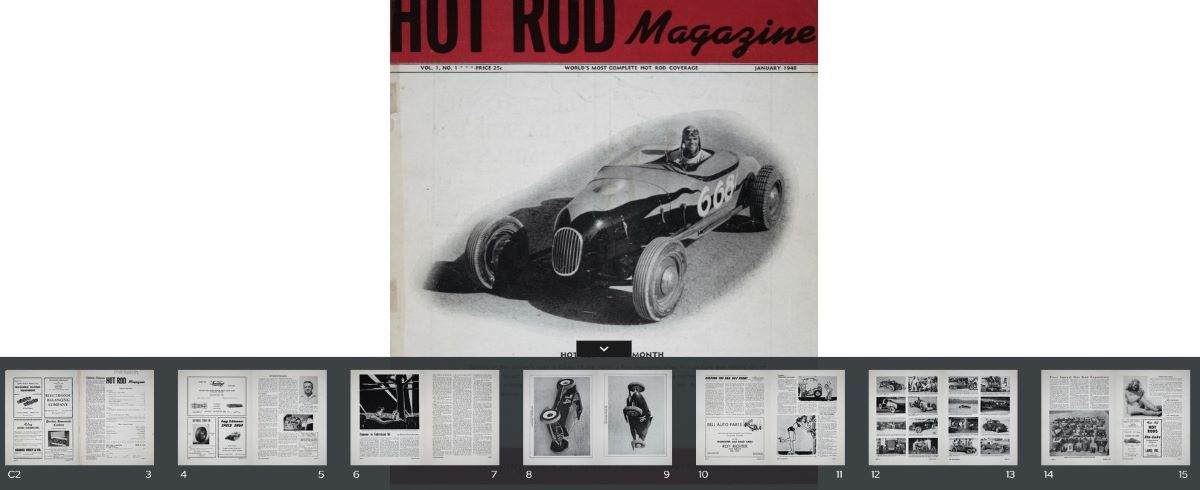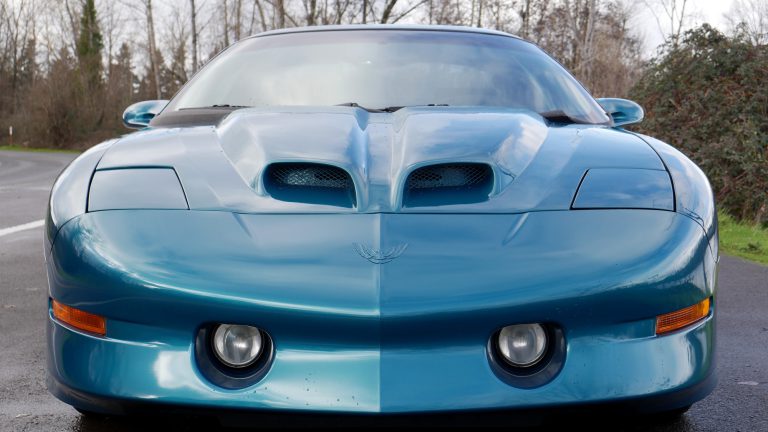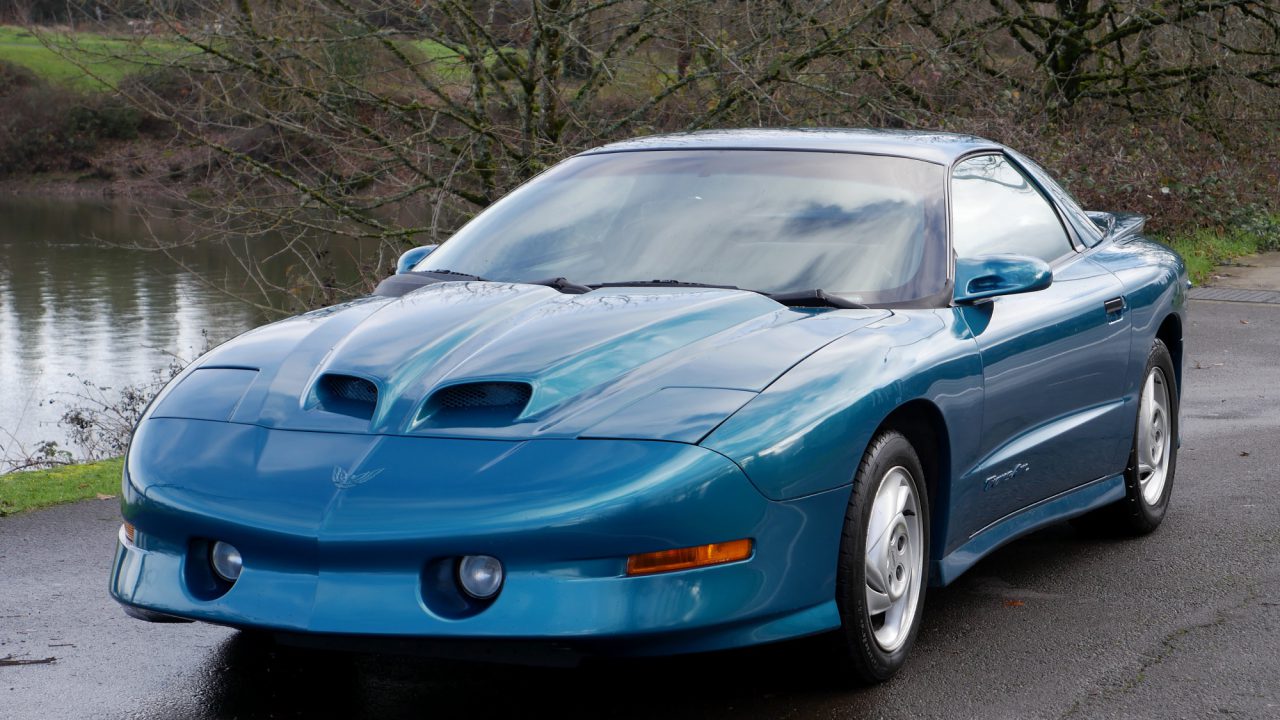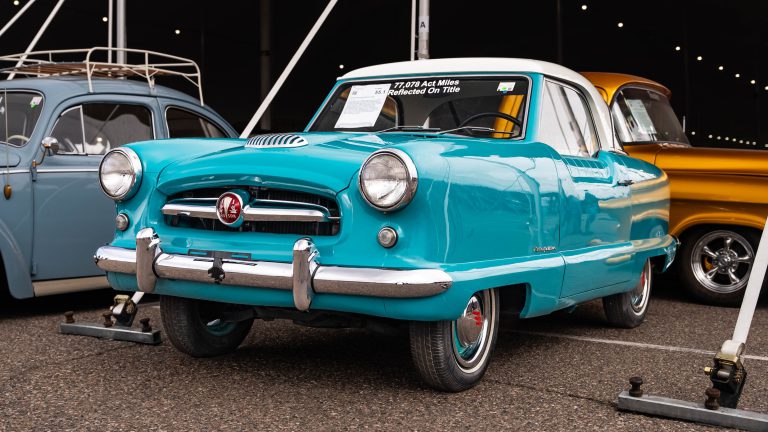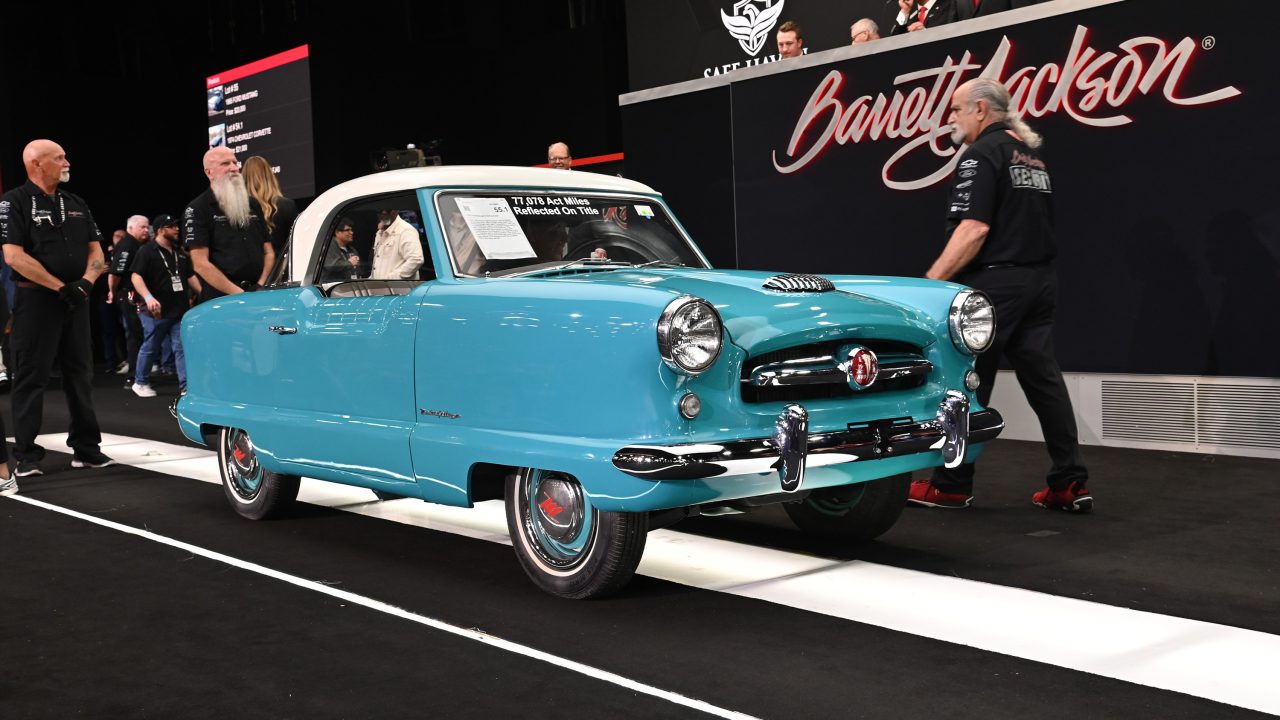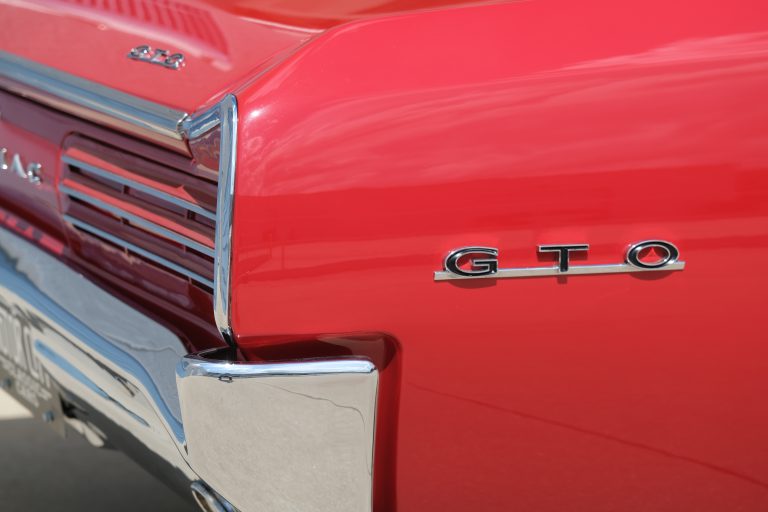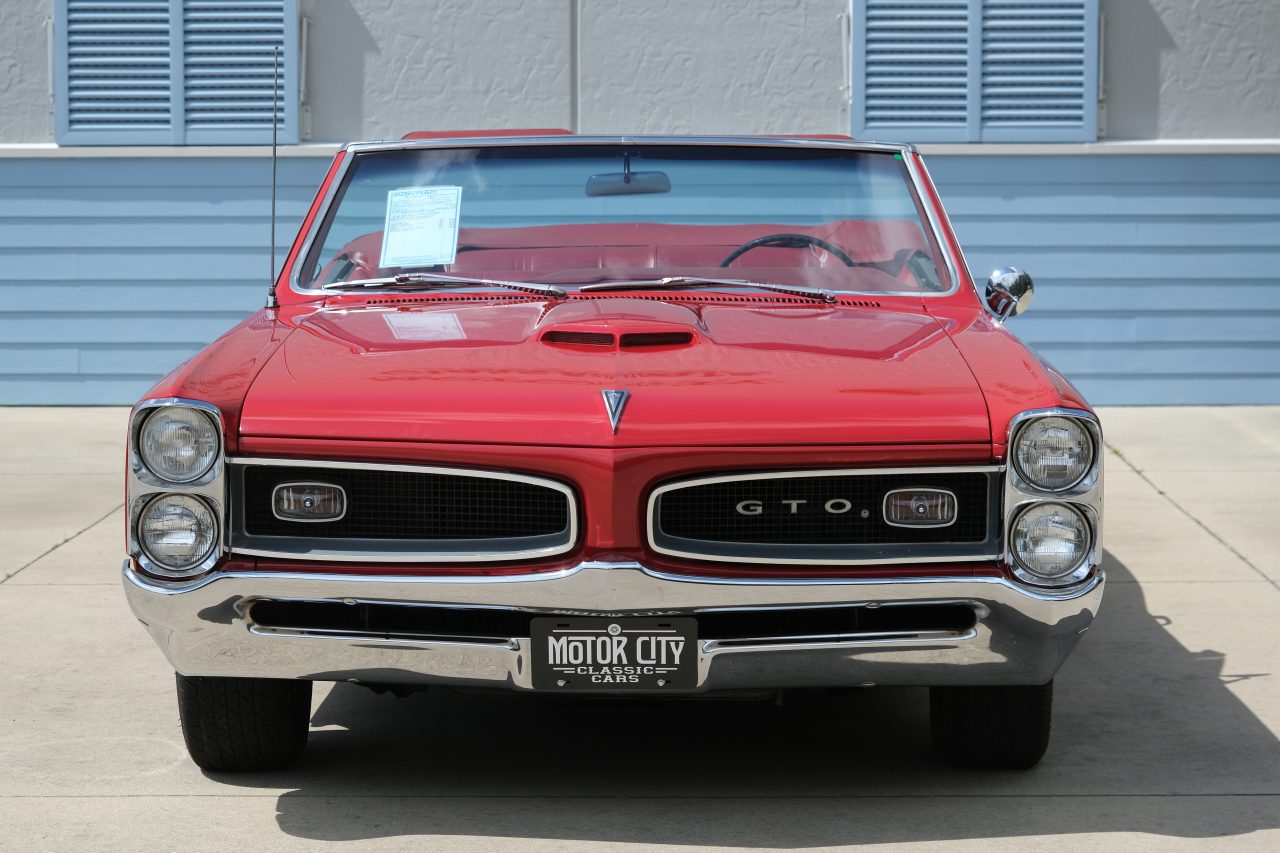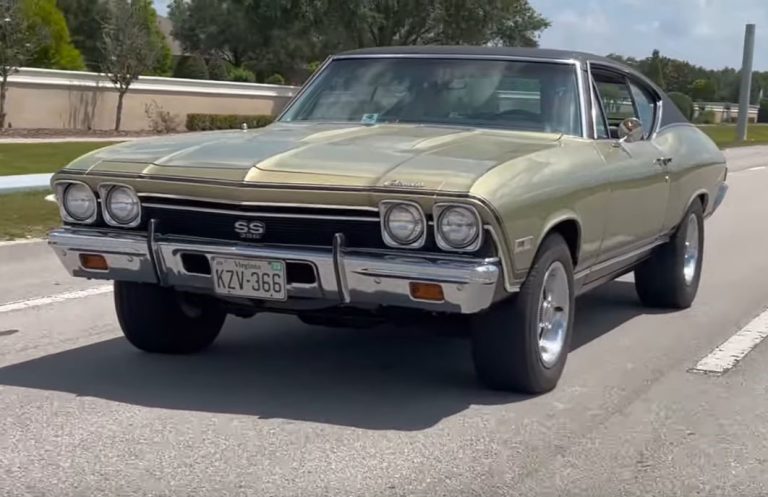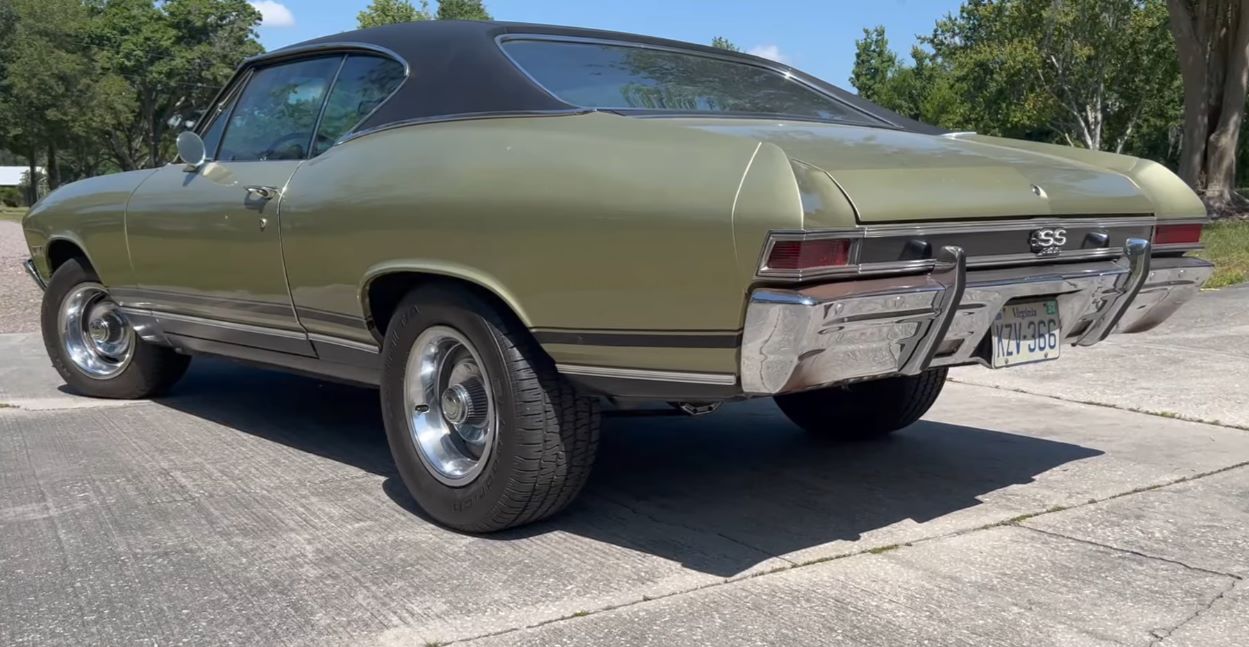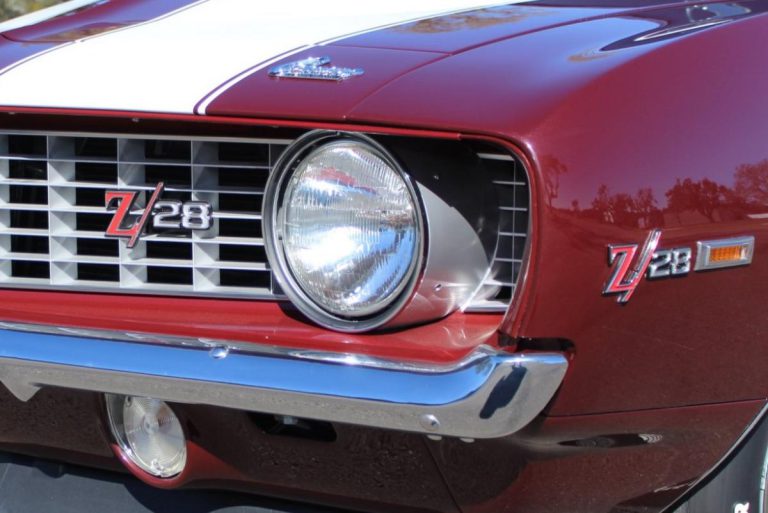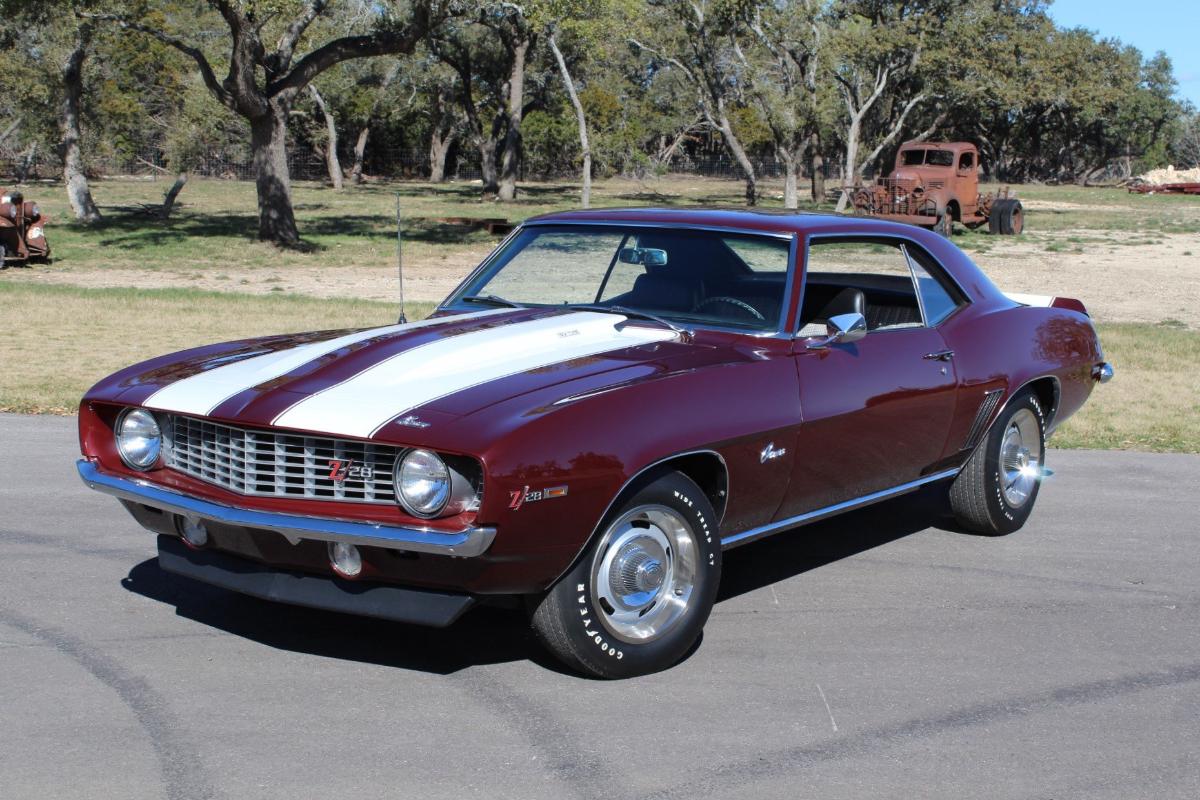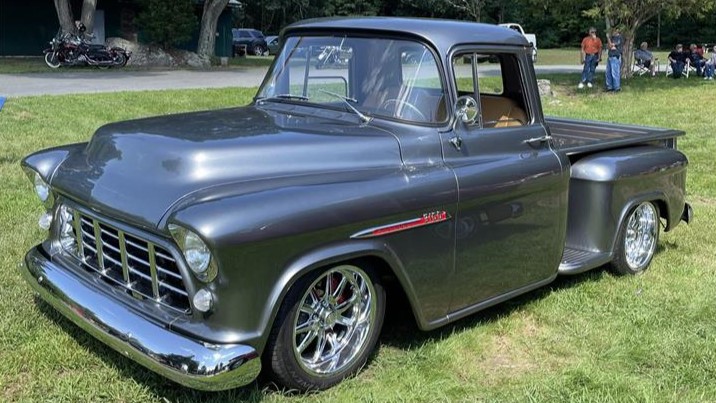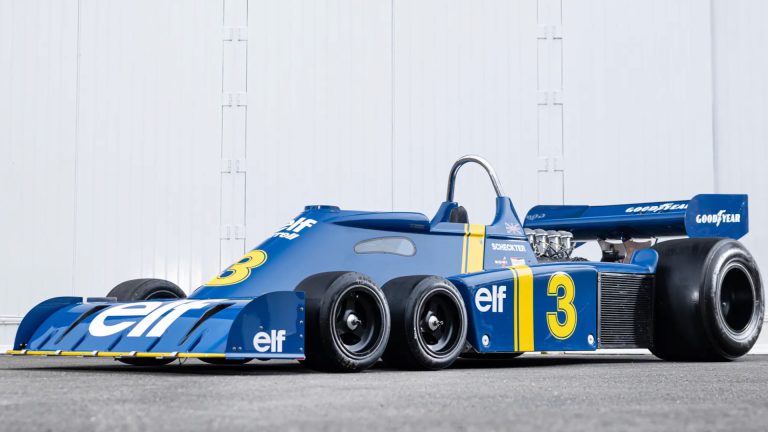My lunch breaks usually involve a walk around the block just to get a dose of Vitamin D, if not to exercise my formerly broken ankle. Those 20 minutes are generally benign as I see few people and observe little other than many locals running stop signs. However, yesterday was different as I caught sight of this unique vehicle.
The styling seemed familiar, appearing like a cross between a Zagato-bodied Fiat-Abarth 750 and a Kamm-tailed Shelby Daytona Coupe, but the car did not. The grille pegged it as an Alfa Romeo, a brand of which I was once dismissive though over the years I’ve come to appreciate for its strong engineering department and coach-built variants from the most famous Italian design houses. However, the car I saw didn’t ring a bell.

Posting this image on Facebook brought me the answer I was seeking: a Giulia TZ (Tubolare Zagato). The Giulia is familiar to American enthusiasts, both in sedan and coupe/Spider forms (especially the sleek Sprint Speciale). Per my sleuthing, there were two versions (often referred to as TZ1 and TZ2), with this one being the former that first appeared in 1963. Power came from a 112-horsepower, twin-cam 1,570cc inline-four up front (which I wasn’t expecting) paired with a five-speed manual. A tubular spaceframe chassis, disc brakes, and independent suspension were surrounded by coachwork courtesy of Zagato. Thanks to weighing around 1,500 pounds, performance was brisk despite the diminutive engine.

Only 100 TZ1s were built, both in street and race trim. Another 12 TZ2s were built, all in race trim. If a rare sighting could be had during an afternoon jaunt, this Alfa Romeo TZ is as good as any.



